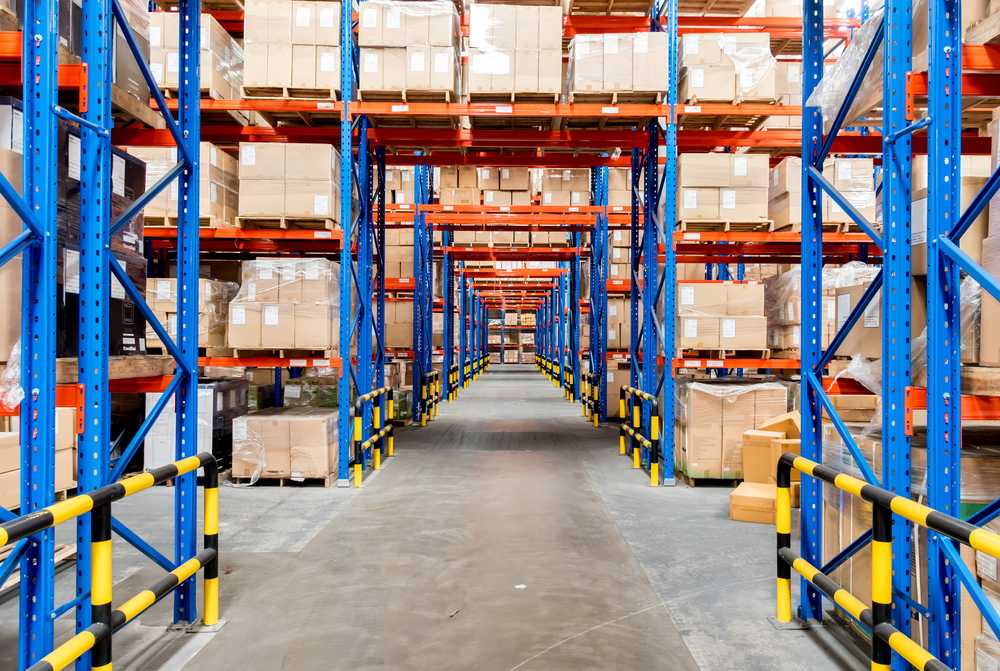Industry 4.0 represents a new era of industrial automation, in which the interconnection and digitization of production processes, products and people are the order of the day
This Industrial Revolution it is leading to the creation of new business models, more efficient and competitive production processes, and greater flexibility of industrial activities.
One area where Industry 4.0 can have a significant impact is warehouse management.
And management software interfaced with production systems, it can help a company in warehouse management in various ways, for example, by optimizing production planning, inventory control, product quality monitoring, and order tracking.
Management software represents the backbone of warehouse management, but interfacing with production systems becomes essential in an era in which the digitization of production processes has become the norm.
Production data can be used to improve production planning, inventory management and lead time optimization.
For example, management software that is interconnected with manufacturing systems can provide warehouse managers with real-time information about production levels and pending orders, enabling them to make more informed inventory management decisions.
In addition, the software can monitor product quality in real time, allowing warehouse managers to take early action to avoid quality problems.
Interfacing between management software and production systems can also improve order tracking. Production data can be used to track finished products and spare parts, allowing warehouse managers to track the location of products and their status at all times.
L’interfacing between management software and production systems it can also help reduce delivery times. Thanks to production planning, inventory management and order tracking, delivery times can be reduced, ensuring a faster and more reliable service to customers.
The interfacing between management software and production systems is essential to fully exploit the advantages of Industry 4.0 in warehouse management. Thanks to this integration, warehouse managers can make more informed and timely decisions, improving the efficiency and competitiveness of the entire company.
Let’s take a closer look at this technology
The warehouse management represents one of the most critical activities for any company that deals with the production and sale of products.
In a context in which the digitization and automation of production processes are increasingly important, robots can be an excellent solution for improving warehouse efficiency and productivity.
In this article, we will see how a warehouse management robot can communicate with management software to optimize warehouse activities warehouse management.
I Warehouse management robot are robotic devices designed to support warehouse activities, such as goods handling, order preparation, and inventory management.
Thanks to their handling ability and advanced artificial intelligence algorithms, these robots can improve warehouse efficiency and productivityminimizing errors and inefficiencies.
To communicate with management software, the warehouse management robot must be equipped with an application programming interface (API) that allows communication with the management software.
L’API allows the robot to send and receive data from the management software, such as product information, the position of goods in the warehouse and order data.
The dialogue between the robot and the management software can take place in different ways.
For example, the robot can receive orders directly from the management software, via a direct connection system. In this way, the robot receives information on the products to be picked, their position in the warehouse and delivery methods.
Thanks to the APIs, the robot can check in real time for the presence of the requested goods in the warehouse, and can then pick up the requested items and deliver them to the collection point.
The warehouse management robot can also communicate with the inventory management software. In this case, the robot receives information about the stocks in the warehouse, their location and how they are stored.
Thanks to this information, the robot can autonomously manage the movement of goods in the warehouse, making sure that stocks are always kept at optimal levels.
Il dialogue between the robot and the management software it can also take place for product quality management. In this case, the robot can receive information about product specifications, storage methods and quality requirements.
Thanks to this information, the robot can autonomously manage the movement of products in the warehouse, making sure that the products are always stored properly and meet quality requirements.
In conclusion, the dialogue between the warehouse management robot and the management software represents an advanced solution to improve warehouse efficiency and productivity.
Currently these types of technologies (high-level warehouse automation) are only available to large companies such as Amazon, but within about ten years with the lowering of costs these robots and artificial intelligence will become available to all companies who want to remain competitive in the world of online commerce.
















Leave a Reply
View Comments